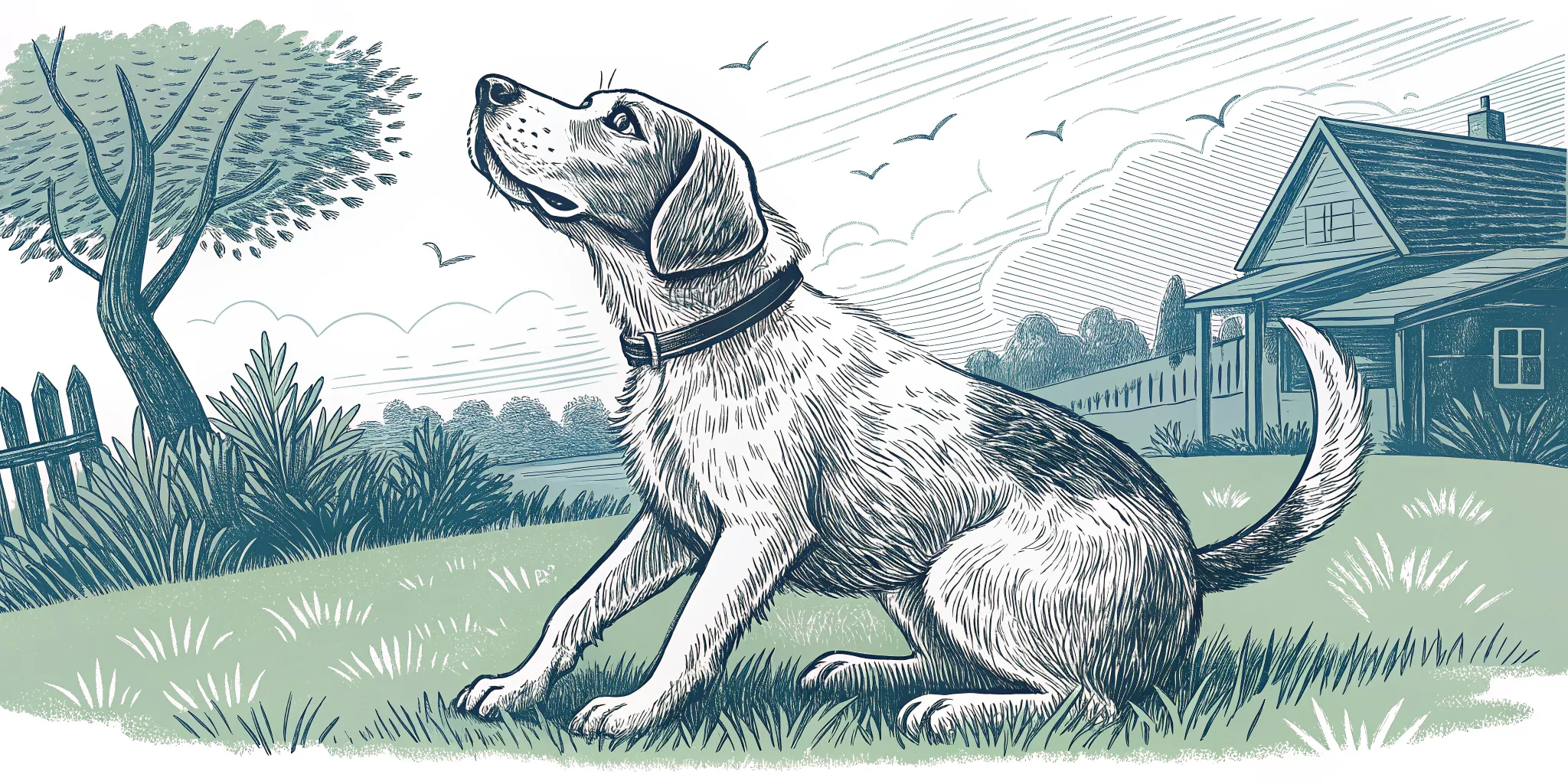
Dog Health: Allergies, Skin, & Injury Guide
Is your dog itching or limping? Learn about common dog allergies, skin problems, & injuries in our guide! 🐾
Common Health Concerns in Adult Dogs: Allergies, Skin Issues, and Injuries
As our canine companions transition into adulthood, their healthcare needs evolve. The boundless energy of puppyhood might mellow out, but new health challenges can arise. As a veterinary professional, I’ve seen firsthand how early detection and proactive care can significantly improve a dog’s quality of life. Let’s dive into some of the most common health concerns in adult dogs: allergies, skin issues, and injuries.
Allergies: More Than Just a Scratch
Allergies are incredibly common in dogs, and they can manifest in various ways. While we often think of seasonal allergies like hay fever in humans, dogs are more likely to experience food allergies or environmental allergies leading to skin irritation and gastrointestinal upset. One of the most common allergy symptoms in adult dogs is itchy skin.
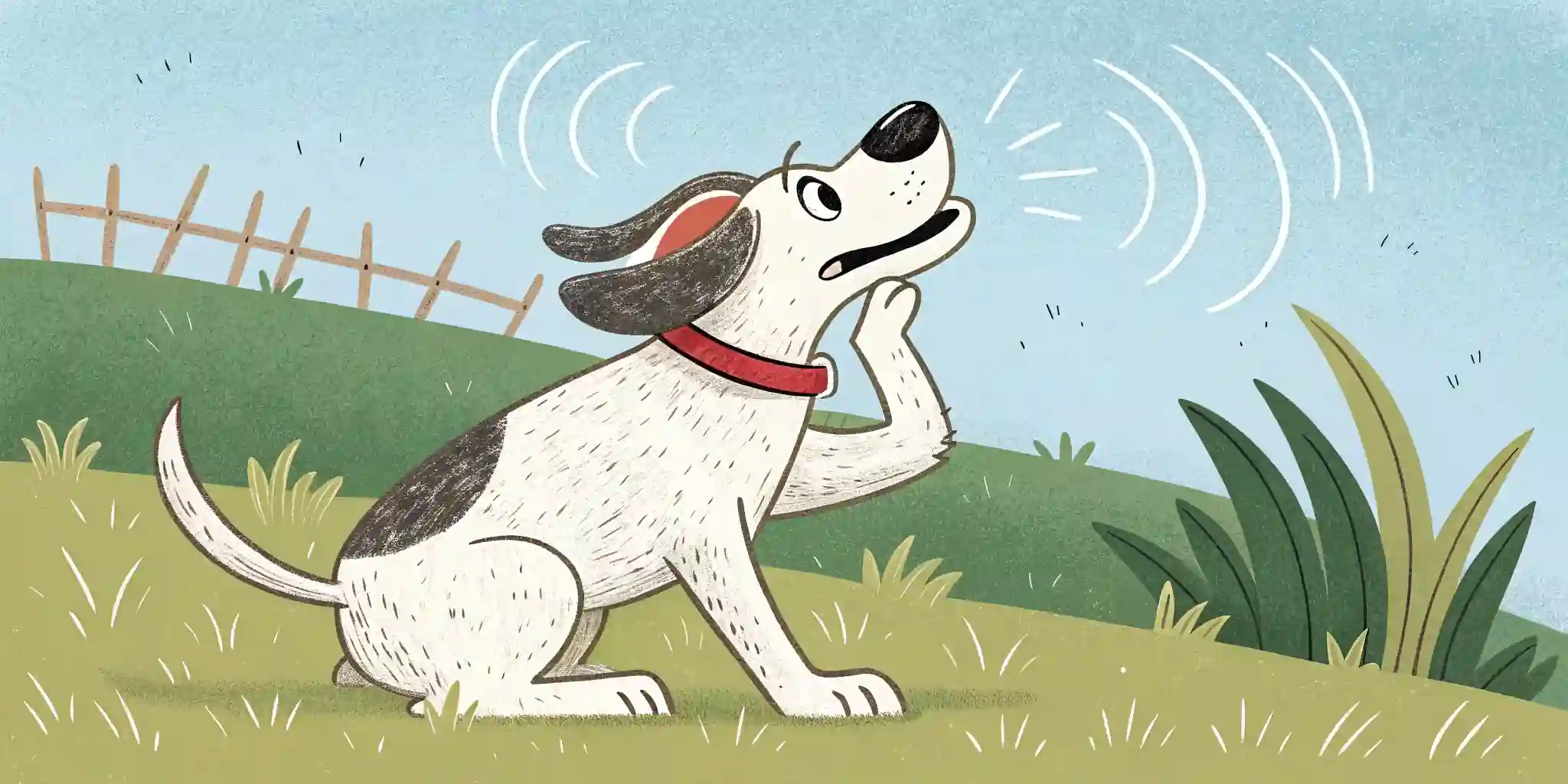 Caption: An adult dog scratching its ear, a common sign of allergies or skin irritation.
Caption: An adult dog scratching its ear, a common sign of allergies or skin irritation.
Types of Allergies in Dogs
-
Food Allergies: These often involve reactions to proteins like beef, chicken, or dairy. Hydrolyzed protein dog food for allergies is often recommended. I’ve seen many cases where switching to a limited-ingredient diet with novel proteins (like duck or venison) made a huge difference for itchy dogs.
-
Environmental Allergies: Pollen, dust mites, mold, and even certain grasses can trigger allergic reactions. This is often referred to as atopic dermatitis. I believe that regular bathing with a hypoallergenic shampoo can help remove allergens from the skin and provide some relief.
-
Flea Allergies: Even a single flea bite can cause intense itching and skin inflammation in sensitive dogs. Year-round flea prevention is essential, even if you don’t see any fleas.
Recognizing Allergy Symptoms
Watch out for these telltale signs:
- Excessive scratching, licking, or chewing at the skin
- Hair loss, especially around the ears, paws, and groin
- Skin rashes, redness, or inflammation
- Ear infections (often recurrent)
- Vomiting or diarrhea
If you notice any of these symptoms, it’s crucial to consult your veterinarian for diagnosis and treatment. Skin allergy testing in dogs can help identify specific allergens, allowing for targeted management.
Skin Issues: A Window to Overall Health
Skin problems in dogs can be indicative of underlying health issues, from allergies to hormonal imbalances. Treating hot spots on dogs quickly and effectively is crucial to prevent secondary infections.
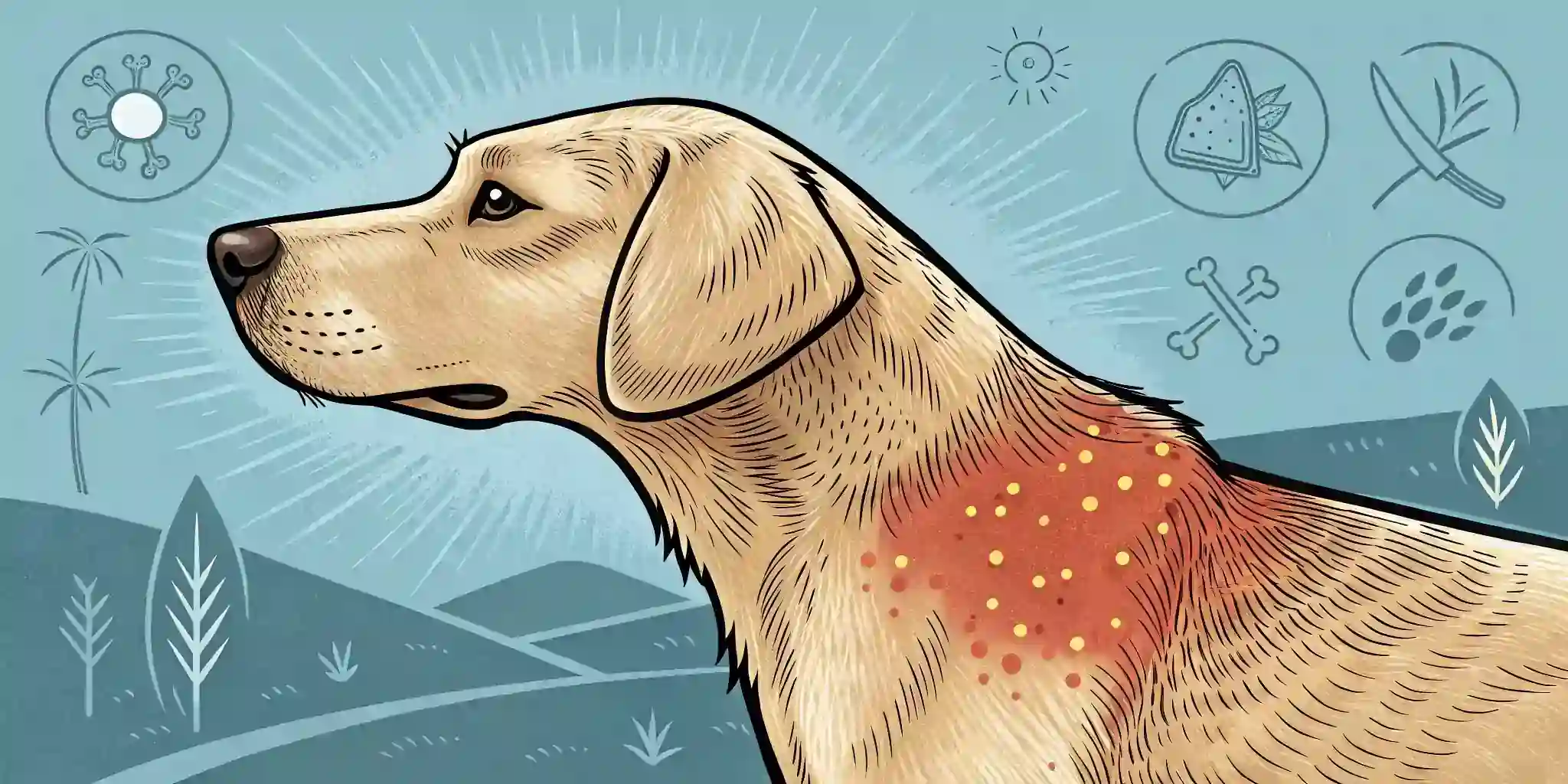 Caption: A hot spot on a dog’s skin, characterized by redness, inflammation, and hair loss.
Caption: A hot spot on a dog’s skin, characterized by redness, inflammation, and hair loss.
Common Skin Conditions
-
Hot Spots (Acute Moist Dermatitis): These are localized areas of inflammation and infection, often caused by self-trauma (excessive licking or scratching). In my experience, shaving the affected area, cleaning it with an antiseptic solution, and using a topical antibiotic ointment can help hot spots heal.
-
Ringworm: Despite its name, ringworm is a fungal infection, not a worm. It can cause circular patches of hair loss and scaling.
-
Seborrhea: This condition results in excessive production of sebum, leading to oily or scaly skin.
-
Pyoderma: This is a bacterial skin infection that can occur secondary to allergies, skin trauma, or other underlying conditions.
Maintaining Healthy Skin
-
Regular Grooming: Brushing your dog regularly helps remove dead hair and debris, preventing matting and skin irritation.
-
Proper Nutrition: A balanced diet rich in omega-3 fatty acids can promote healthy skin and coat.
-
Flea and Tick Prevention: As mentioned earlier, preventing flea bites is crucial for dogs with flea allergies.
-
Hygiene: Regular baths with a gentle, dog-specific shampoo can help keep the skin clean and healthy.
Injuries: From Playtime Mishaps to Age-Related Issues
Adult dogs, while perhaps not as reckless as puppies, are still prone to injuries. These can range from minor sprains to more serious fractures.
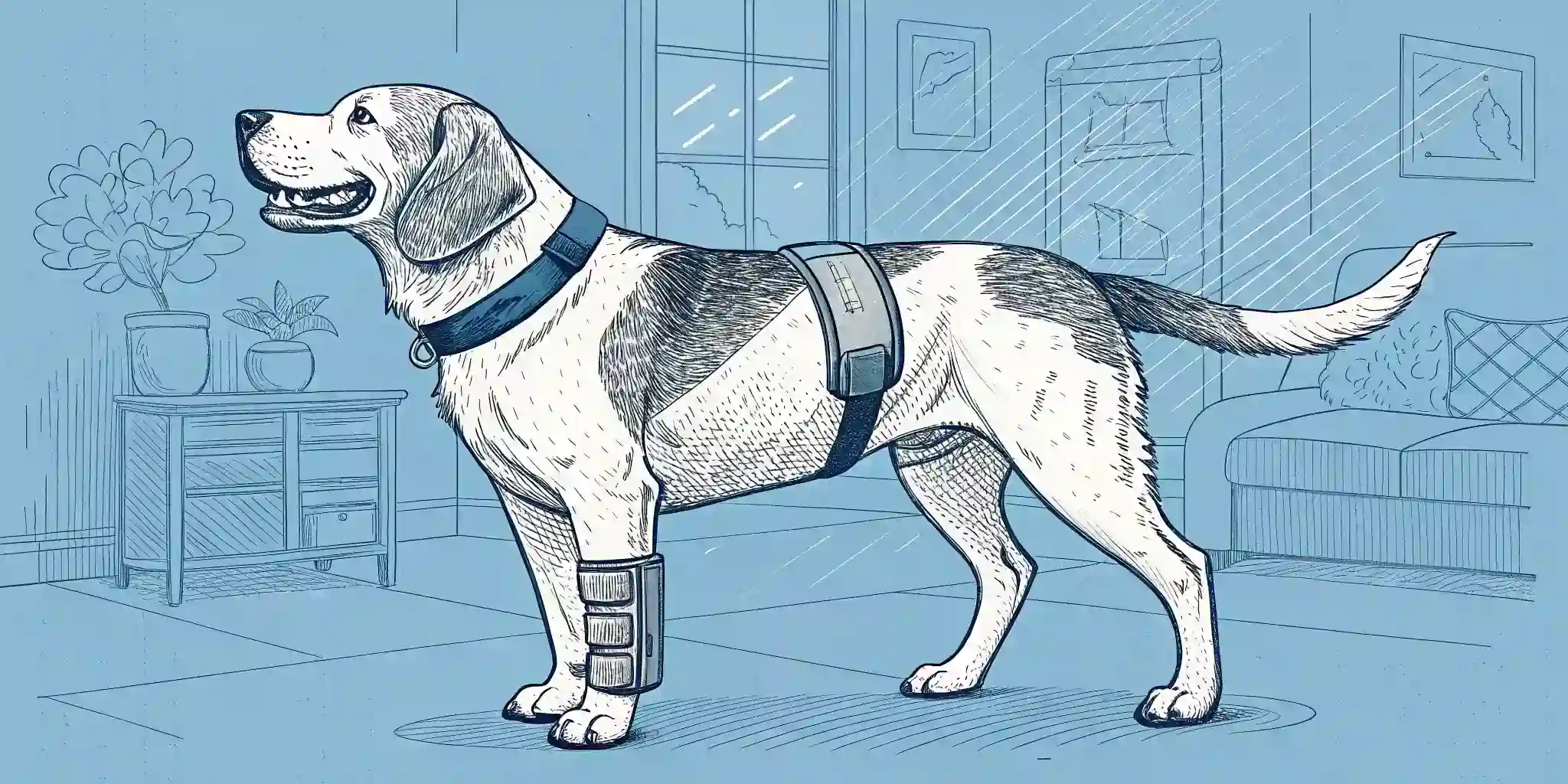 Caption: An adult dog wearing a supportive brace on its leg, used to aid in healing from an injury.
Caption: An adult dog wearing a supportive brace on its leg, used to aid in healing from an injury.
Common Types of Injuries
-
Sprains and Strains: These often occur during exercise or playtime. Limping or reluctance to put weight on a limb are common symptoms.
-
Ligament Tears: The cranial cruciate ligament (CCL) is the most commonly injured ligament in dogs’ knees. In severe cases, surgery is often required.
-
Fractures: Broken bones can result from falls, car accidents, or other traumatic events.
-
Arthritis: While not strictly an injury, arthritis is a degenerative joint condition that can cause pain and stiffness, especially in older dogs. Managing arthritis in adult dogs often involves pain medication, joint supplements, and physical therapy.
Preventing Injuries
-
Safe Exercise: Avoid overexerting your dog, especially in hot weather. Use a leash in areas with traffic or other hazards.
-
Weight Management: Maintaining a healthy weight reduces stress on the joints and ligaments.
-
Warm-Up and Cool-Down: Just like human athletes, dogs can benefit from a gentle warm-up before exercise and a cool-down afterward.
-
Regular Veterinary Checkups: Early detection of joint problems or other health issues can help prevent more serious injuries.
In conclusion, being aware of these common health concerns and taking proactive steps to protect your dog’s health will contribute to a long, happy, and active life together. Remember, your veterinarian is your best resource for personalized advice and treatment options. If you notice anything unusual about your dog’s health or behavior, don’t hesitate to seek professional help.
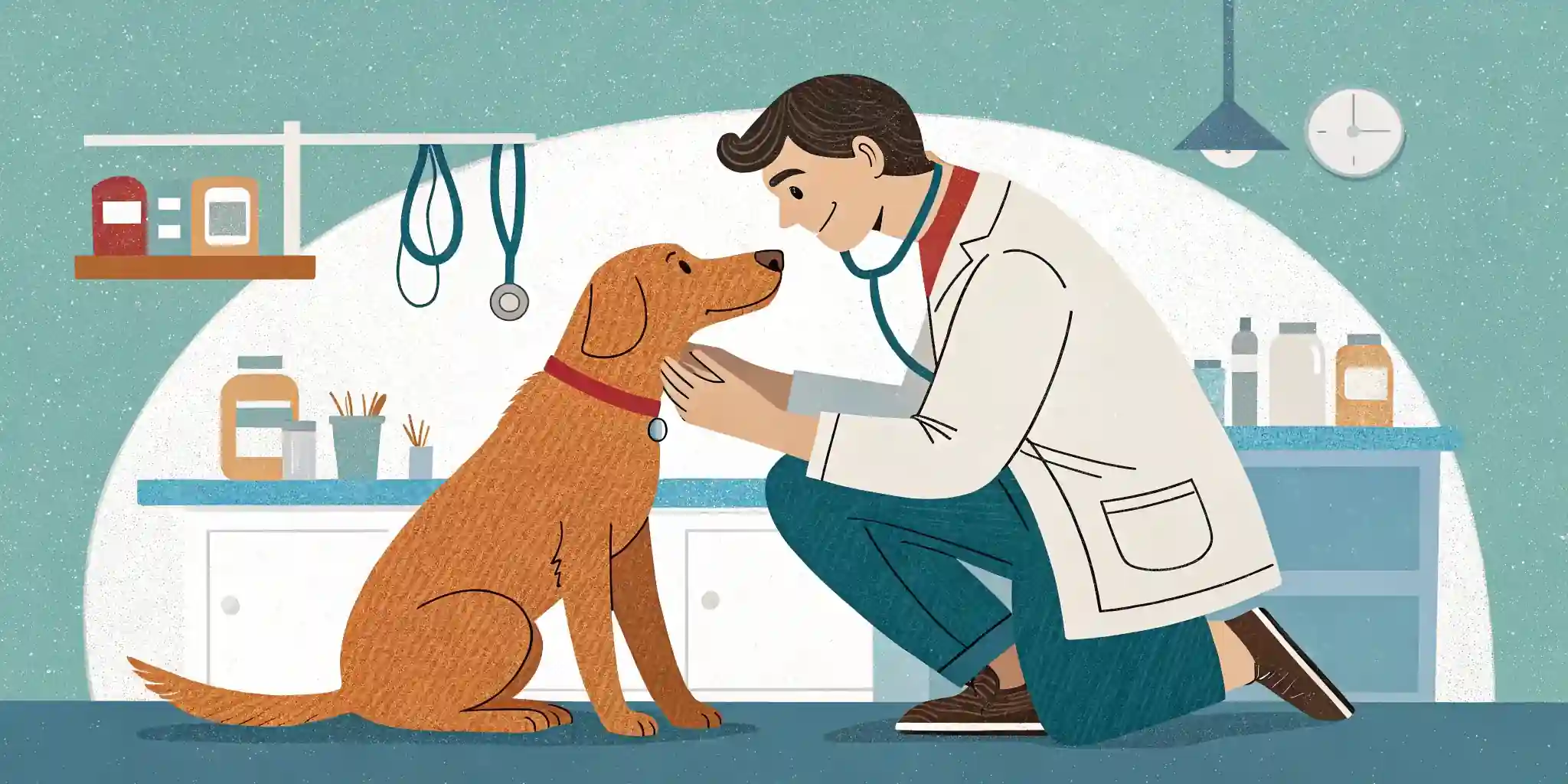 Caption: A veterinarian examining a dog during a routine checkup, emphasizing the importance of preventative care.
Caption: A veterinarian examining a dog during a routine checkup, emphasizing the importance of preventative care.


